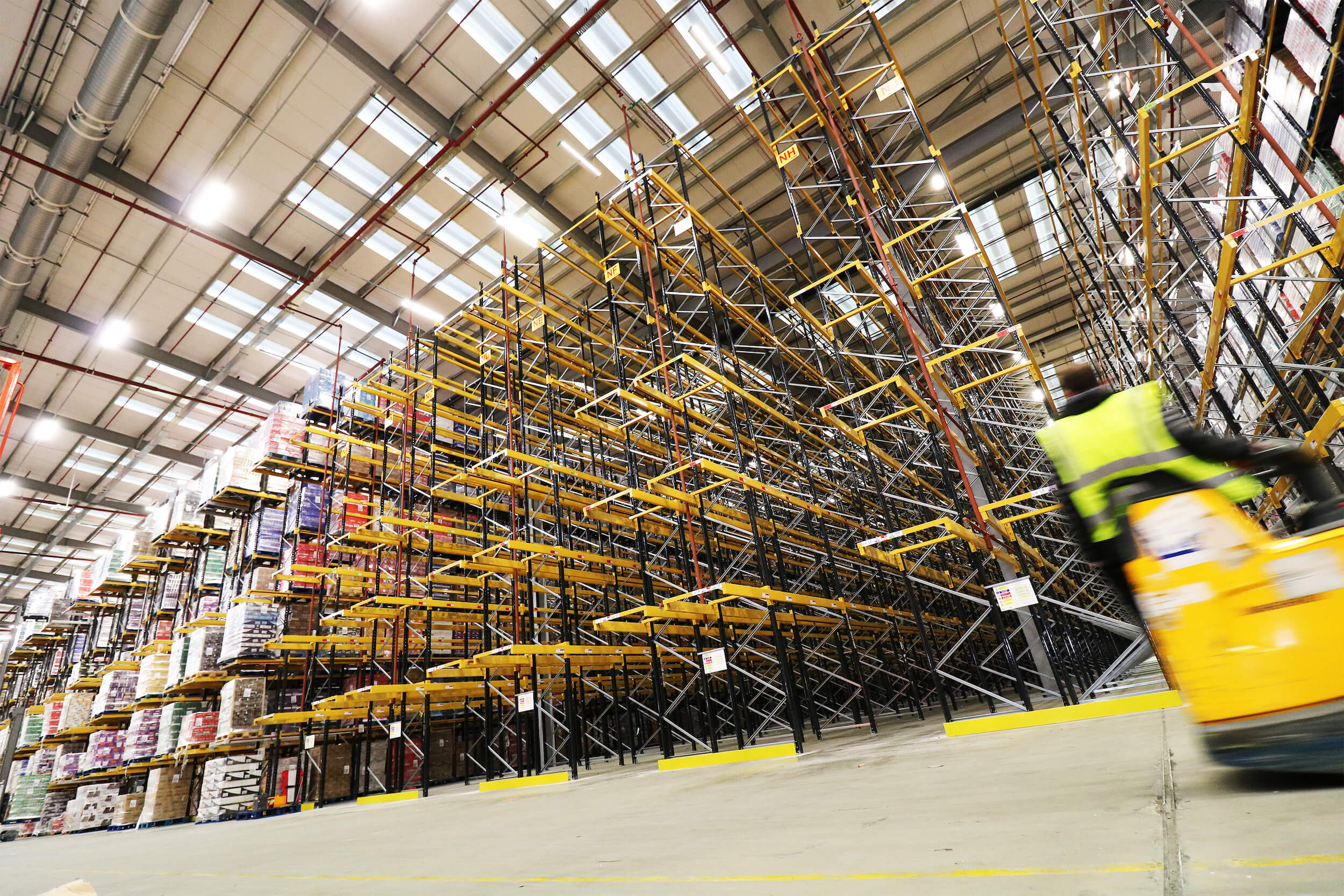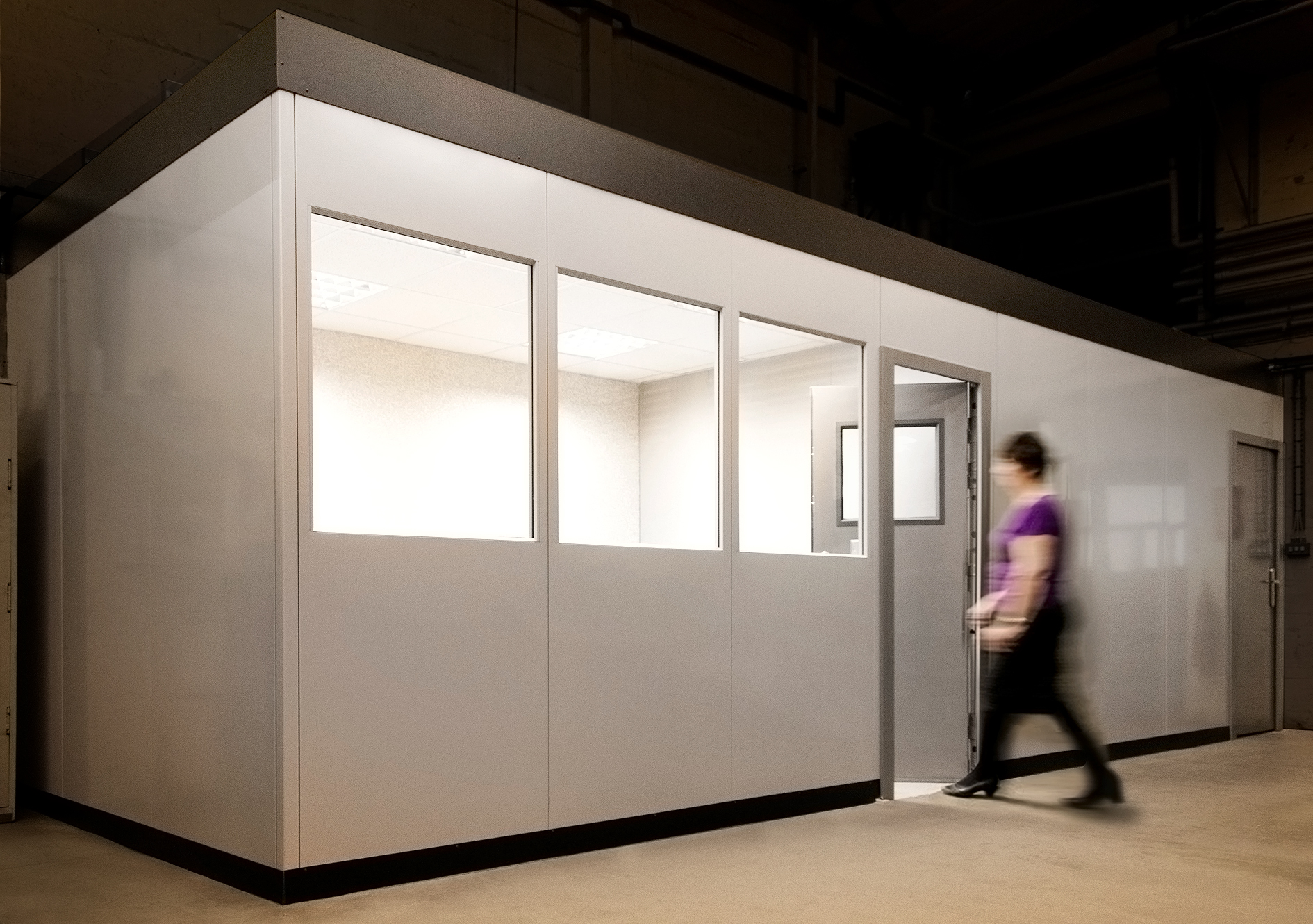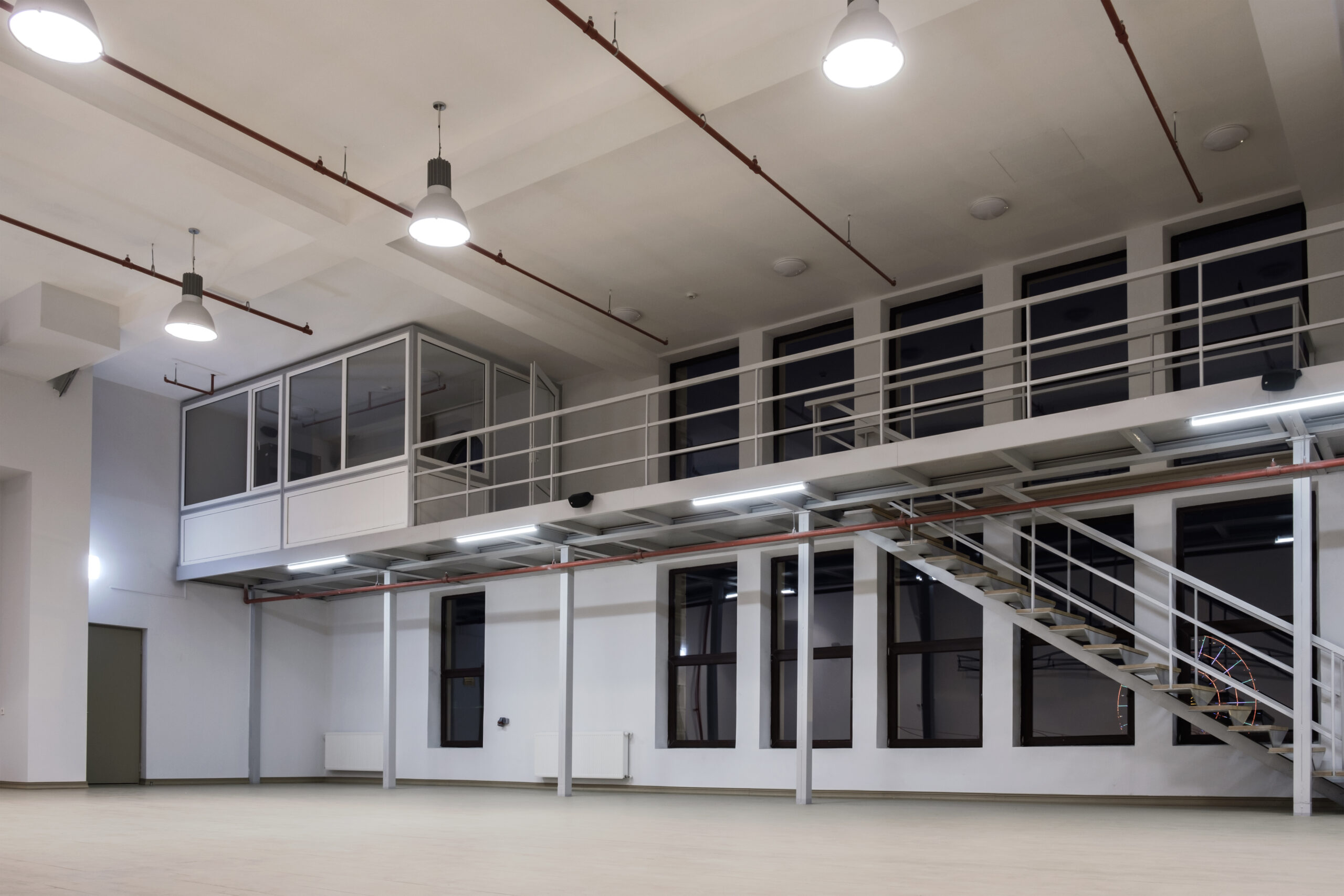Understanding the Capacity of Industrial Shelves
In the world of warehousing and industrial storage, the question of how much weight industrial shelves can hold is not just common but critical for the safe and efficient operation of storage facilities. The answer, however, is not as straightforward as one might hope. It depends on a myriad of factors, including the type of shelving, materials used in construction, design, and even the distribution of weight across the shelves. This blog post aims to demystify the capabilities of industrial shelving units, providing insight into how businesses can maximise their utility while ensuring safety and compliance with regulations.
The Fundamentals of Shelving Capacity
At the heart of understanding shelving capacity is the concept of Uniformly Distributed Load (UDL). UDL refers to the even distribution of weight across the surface of the shelf. Most manufacturers will rate their shelving based on this principle, as it represents the ideal scenario for stability and weight distribution. However, the real-world application often deviates from this ideal, making it imperative for warehouse managers and operators to understand the nuances of load distribution and its impact on shelving capacity.
Types of Industrial Shelving and Their Capacities
Industrial shelving comes in various forms, each designed to meet specific storage needs and weight requirements. From heavy-duty racking systems capable of holding several tonnes per level to lighter-duty shelving suitable for smaller items, the range is extensive. For instance, pallet racking systems are engineered to accommodate heavy loads, often exceeding 1000 kilograms per shelf. In contrast, metal shelving units used for parts storage or lighter inventory might have capacities ranging from 100 to 500 kilograms per shelf.

Material Matters: Steel, Aluminium, and Beyond
The material composition of industrial shelving plays a significant role in its weight-bearing capacity. Steel, known for its strength and durability, is a common choice for heavy-duty industrial shelving. It provides the resilience needed to support substantial loads over extended periods. Aluminium, though lighter and more resistant to corrosion, typically supports less weight, making it suitable for specific applications where heavy loading is not a requirement. Understanding the material properties and how they contribute to the overall strength of the shelving unit is crucial for making informed decisions about storage solutions.
Design and Construction: The Blueprint of Capacity
The design and construction of shelving units significantly influence their weight capacities. Factors such as the thickness of the material, the presence of reinforcing beams or braces, and the method of assembly (bolted vs. welded) all play a part. Additionally, the design of the shelving system, whether it be cantilever, modular, or drive-in racking, affects how weight is distributed and supported. Attention to detail in the design phase can optimise the capacity and functionality of industrial shelving.
Ensuring Safety and Compliance
Given the potential risks associated with overloading shelving units, adherence to safety standards and best practices is non-negotiable. This involves regular inspections, understanding and following manufacturer specifications, and training staff on the proper use and loading of shelving systems. Compliance with health and safety regulations, including those set forth by the Health and Safety Executive (HSE) in the UK, helps prevent accidents and ensure a safe working environment.

Advanced Considerations for Shelving Selection
When selecting industrial shelving, beyond the basic considerations of material strength and design, it’s crucial to factor in the specific needs of the stored items and the operational environment. For instance, in environments with high humidity or exposure to chemicals, choosing shelving with corrosion-resistant finishes or materials becomes paramount. Similarly, for businesses that store a variety of item sizes, adjustable shelving with variable height options can provide the flexibility needed to accommodate changing inventory needs. Understanding these advanced considerations ensures that the shelving system chosen not only meets current requirements but is also adaptable to future changes.
Shelving in Action
Examining real-world applications of industrial shelving systems can provide valuable insights into their capabilities and limitations. One such case might involve a distribution centre that implemented a combination of pallet racking and cantilever shelving to optimise storage for both palletized goods and long, irregular items like piping or lumber. Another case could explore how a retail warehouse utilised modular shelving to rapidly adjust to seasonal inventory fluctuations, demonstrating the versatility and scalability of these systems. These case studies highlight the practical application of shelving systems in various industrial contexts, illustrating how theoretical capacities translate into operational efficiency.
Maximising Efficiency and Safety
To fully leverage the benefits of industrial shelving, it’s not enough to simply install the systems; ongoing management and maintenance are key. This includes regularly checking for signs of wear or damage, ensuring that loads are evenly distributed according to UDL principles, and adhering to the manufacturer’s recommended weight limits. Implementing a systematic approach to shelving management, such as scheduled inspections and maintenance routines, can help prevent accidents and extend the lifespan of the shelving units. Additionally, training staff on safe loading techniques and the importance of reporting potential issues contributes to a safer and more productive working environment.
Future Trends in Industrial Shelving
The future of industrial shelving is likely to be shaped by advances in materials technology, design innovation, and evolving industry needs. For example, the integration of smart technologies, such as IoT sensors, could enable real-time monitoring of shelf loads, providing alerts when capacities are approached or exceeded. Innovations in materials might lead to shelving systems that are stronger, lighter, and more environmentally sustainable. As businesses continue to seek more efficient and adaptable storage solutions, staying abreast of these trends will be crucial for warehouse managers and industry professionals looking to optimise their storage spaces and operations.
Contact Us
The question of how much weight industrial shelves can hold opens up a complex discussion that touches on materials, design, safety standards, and operational needs. Through careful selection, based on a thorough understanding of these factors, and ongoing management, businesses can ensure that their shelving systems provide the foundation for efficient, safe, and adaptable storage solutions. As we look to the future, staying informed about advances in shelving technologies and practices will be key to maintaining competitive and efficient operations in the fast-paced world of industrial storage and warehousing. To find out more, get in touch with the experienced team at PD Industrial.



